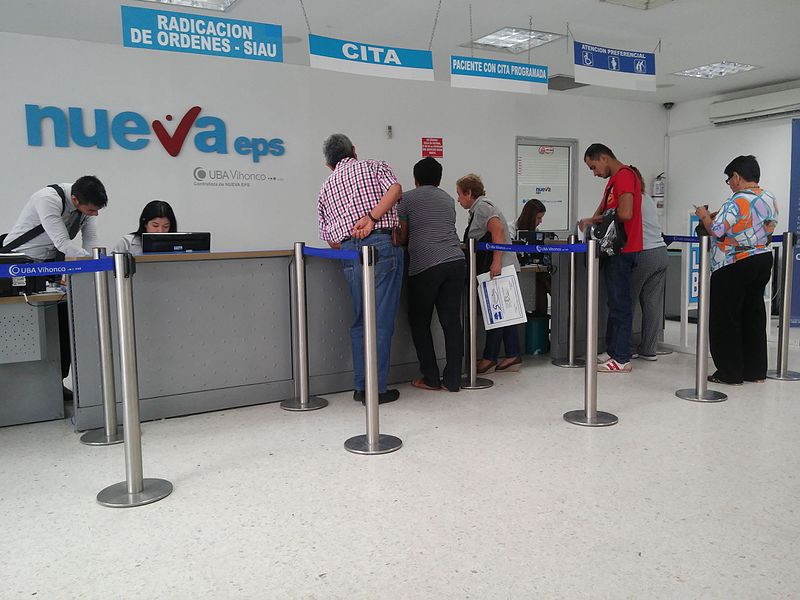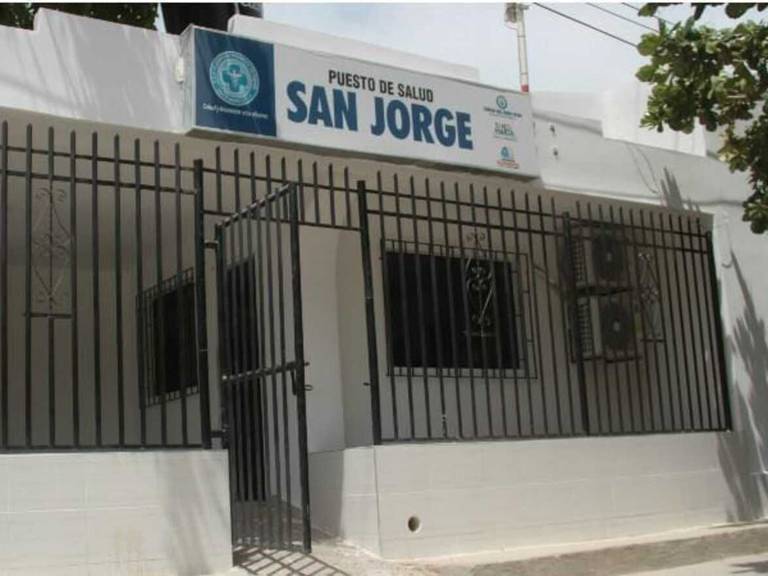
Thirty years after the last in-depth reform of the Health system in Colombia, inequalities persist among citizens, creating a gap of inequity that the political debate must prioritize above ideological preconceptions.
Amidst the heated parliamentary debate in the country over the ongoing health reform by the government, there is a reality that represents the most significant drawback of a healthcare system that, despite its shortcomings, surpasses others in the region in many respects. This is the inequity of the service, particularly evident when comparing healthcare in major cities to that offered in rural areas.
This is currently the main challenge that a healthcare reform must address, preserving those aspects that have proven to work after three decades of implementing the current model, which prioritizes private management of public resources.
Current Healthcare Model
Colombia’s healthcare system is the sixth-best in the continent, covering 95% of the population through the General System of Social Security in Health: 22 million under contributory coverage and 24 million people under subsidized coverage, mainly provided by the state.
In fact, according to a study by the Colombian Association of Hospitals and Clinics (ACHC), the Colombian healthcare system ranks above those of the United States, Argentina, Mexico, and Brazil, among others. In this regard, Colombia’s healthcare system ranks 35th out of 89 countries in the Ceoworld ranking.
The insurance-based model governs Colombia’s healthcare system, delegating the responsibility of affiliating the population and managing resources to the Health Insurance Companies (EPS). While efficiency and quality are sought in the health insurance companies market, gaps between urban and rural areas threaten these goals. This, along with constant crises in these companies due to mismanagement and fraud, has led to some people questioning their role.
At the center of the debate is the optimization of resources, considering the significant amount of money any country needs to invest in the healthcare of its citizens. However, neither public nor private management has proven, on its own, to be a guarantee of effectiveness. Therefore, establishing control and verification mechanisms for how economic resources are managed should be the path to finding a truly effective model.
Significant Progress
Over the last decade, Colombia has made significant strides in areas such as expanding the healthcare system, which now covers 95% of the population; strengthening primary care, focusing on disease prevention; providing access to high-quality healthcare services, and ensuring access to essential medications.
The right to health is universal and protected by the country’s Constitution. In this regard, the State is obligated by the constitution to offer services to those who, due to their economic situation, cannot afford monthly health insurance payments. For example, chronic diseases requiring prolonged, high-cost medication deserve special protection, and universal access to medication is guaranteed by law, regardless of the patient’s situation.
What does the reform project seek?
The reform project currently under discussion, presented by the government, revolves around five main axes:
- The State will primarily manage public resources in the healthcare system. This would surpass Law 100 of 1993, where private insurers play an intermediary role in channeling these resources from the state to hospitals.
- Prioritizing primary care in centers that will screen and establish the medical needs of each patient.
- Creation of comprehensive networks, formed by public and private hospitals, which will attend to the population referred from primary care. The State will pay these hospital networks directly, without the need for private intermediaries.
- Centralization of patient medical records in a unique registry.
- Formalization of healthcare workers, overcoming their labor precariousness caused by Law 100 of 1993, due to outsourcing and very abusive working conditions.
The challenge of effective universalization of the service
Beyond these aspects, the effective universalization of the service, bringing healthcare to every corner of the country, is the mechanism that will ensure the end of inequity. Today, however, there is a marked difference between the healthcare received by an insured person in any major city and the service offered to citizens in smaller towns. In reality, outside the main cities, the model has significant flaws, and this does not escape the notice of those living there.
The healthcare system in Colombia, however, has various virtues, including the expansion of healthcare coverage and the improvement of the quality of medical services. According to data provided by the World Health Organization (WHO), the breadth of health coverage in Colombia has experienced notable improvements in recent decades, allowing a greater number of individuals to access essential medical services.

Effective reform through consensus
In this regard, only a reform through political consensus will be effective. The government of a country cannot implement a system on its own without the participation of political opposition and active agents in the healthcare system. Beyond purely ideological and mercantile aspects, striving for an optimization of resources and turning the theory of universalizing the right to health into a norm, will pave the way for success.
Both the State and private companies participating in the healthcare system must take concrete actions to improve medical care in those areas where deficiencies are most significant. Ensuring what the law establishes, expediting procedures, and investing more resources where deficiencies have been detected are essential.
It is worth noting, however, that a report by the World Bank indicates that the efficiency of the Colombian healthcare system has experienced substantial improvements compared to other nations in the region. Despite these advances, significant challenges persist in the healthcare sector in the country, and any reform initiative must address these challenges without undermining the strengths of the current system.
See all the latest news from Colombia and the world at ColombiaOne.com. Contact our newsroom to report an update or send your story, photos and videos. Follow Colombia One on Google News, Facebook, Instagram, and subscribe here to our newsletter.

